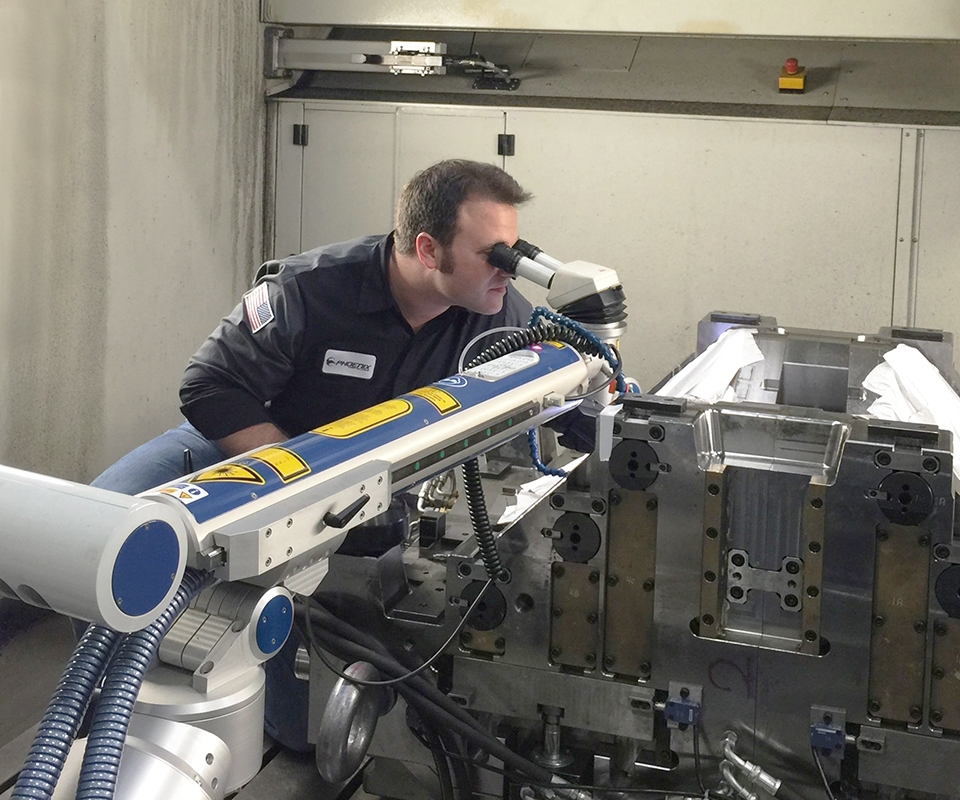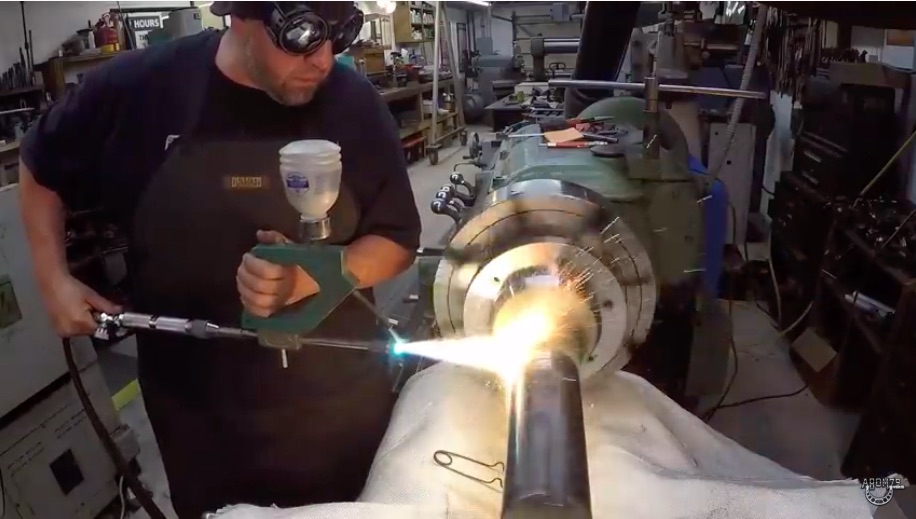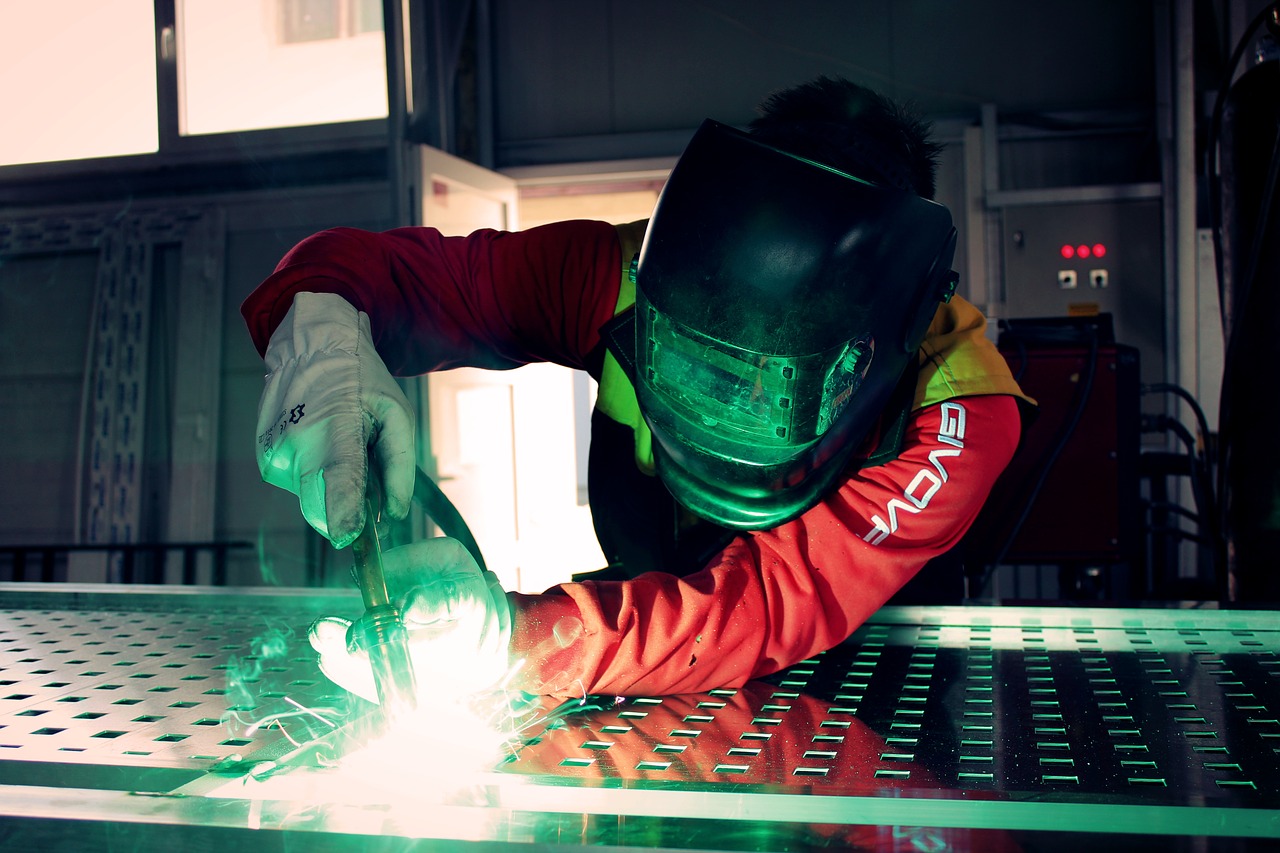Typical Welding Fixing Issues and How to Address Them Efficiently
Welding repair work frequently experience an array of issues that can threaten the honesty of the last product. Typical problems consist of poor penetration, porosity, and imbalance, among others. Each flaw offers distinct challenges that need certain approaches for resolution. Recognizing these concerns is important for welders aiming to improve their results and skills. This conversation will certainly explore these common welding fixing issues and efficient methods to address them.
Insufficient Penetration
Insufficient infiltration happens when the weld steel fails to totally fuse with the base product, causing weak joints and potential architectural failures. This problem usually originates from insufficient warmth input, wrong electrode angle, or inappropriate welding speed. Welders might encounter inadequate penetration because of a mistake of the necessary criteria for a particular material thickness or type. In addition, contamination on the base material's surface can hinder efficient bonding, intensifying the trouble. To address poor infiltration, welders should guarantee appropriate settings on their devices and preserve a tidy job surface area. Regular inspection of welds is suggested to recognize any shortages early, enabling timely corrections and the avoidance of endangered architectural stability in bonded assemblies.
Porosity
Porosity is a common issue in bonded joints that shows up as little gas bubbles trapped within the weld metal. This flaw can compromise the integrity of the weld, leading to lowered strength and potential failure under stress and anxiety. Montana Mobile Welding and Repair Belgrade. Porosity commonly emerges from contamination, dampness, or improper welding techniques, which permit gases to get away right into the molten weld swimming pool. To attend to porosity, welders ought to guarantee correct surface area preparation, maintain a tidy workplace, and make use of suitable welding parameters. Furthermore, choosing the best filler product and protecting gas can mitigate gas entrapment. Regular examination and screening of welds can help identify porosity early, guaranteeing timely restorative activities are taken, thereby maintaining the high quality and dependability of the welded framework
Imbalance
Misalignment in welding can emerge from numerous aspects, including incorrect configuration and thermal growth. Comprehending the origin is essential for efficient resolution. Numerous adjustment strategies are available to straighten parts and guarantee architectural integrity.
Reasons for Imbalance
Welding misalignment frequently comes from a variety of underlying concerns that can endanger architectural integrity. One main cause is inappropriate fit-up of components prior to welding, which can cause voids and irregular surfaces. Variations in thermal expansion throughout the welding procedure can also result in distortion, specifically if the materials being signed up with have different coefficients of development. In addition, poor clamping and fixturing might stop working to hold components securely in area, causing motion throughout welding. Badly conserved equipment, consisting of welding devices and devices, might present inconsistencies in the weld bead, additional contributing to misalignment. Driver mistake, stemming from not enough training or experience, can additionally play a considerable function in producing misaligned welds.

Modification Methods Readily Available
Attending to misalignment successfully calls for a mix of corrective strategies customized to the certain problems handy. One typical technique is the usage of jigs or fixtures to hold parts in the correct position throughout welding, making certain regular positioning. In addition, preheating the products can assist minimize distortion and boost fit-up. For significant misalignment, mechanical adjustment methods, such as using hydraulic jacks or clamps, can be employed to fix the placement before welding. Post-weld warmth treatment may likewise be required to relieve stresses triggered by misalignment. Finally, mindful evaluation and change during the arrangement phase can prevent misalignment problems from becoming significant issues, promoting a smoother welding procedure and boosting total architectural integrity.
Distortion
Distortion is a common challenge in welding that can arise from different aspects, consisting of unequal cooling and heating. Recognizing the reasons for distortion is necessary for executing efficient prevention strategies. Resolving this concern not just enhances architectural stability yet additionally improves the general top quality of the weld.
Reasons of Distortion
When based on the extreme warmth of welding, products frequently go through adjustments that can bring about distortion. This phenomenon mainly occurs from thermal development and contraction throughout the welding process. As the weld location heats up, the product expands; upon air conditioning, it gets, which can develop interior stress and anxieties. In enhancement, uneven heating across a workpiece can exacerbate these tensions, leading to warping or flexing. The kind of product additionally plays a significant duty; metals with varying thermal conductivity and coefficients of growth might react in different ways, leading to uncertain distortions. Poor joint layout and inadequate fixturing can contribute to imbalance throughout welding, enhancing the chance of distortion. Understanding these reasons is necessary for effective welding repair work and prevention techniques.
Avoidance Techniques
Reliable avoidance methods for distortion throughout welding focus on managing heat input and ensuring proper joint design. Preserving a regular heat input aids to reduce thermal development and contraction, which can lead to distortion. Utilizing strategies such as pre-heating the work surface can additionally minimize the temperature level slope, advertising consistent home heating. Additionally, selecting suitable joint layouts, such as T-joints or lap joints, can boost stability and decrease stress and anxiety concentrations. Implementing correct fixturing to safeguard the workpieces in area better aids in maintaining placement during the welding process. Staggered welding sequences can disperse heat more equally, avoiding localized distortion. By using these techniques, welders can considerably lower the likelihood of distortion and enhance the overall high quality of their welds.
Fracturing
Breaking is a typical issue view website come across in welding repair work, often resulting from numerous variables such as improper air conditioning rates, product selection, or inadequate joint preparation. The incident of fractures can substantially compromise the stability of the weld, resulting in prospective failings throughout operation. To address this issue, welders must first evaluate the root triggers, ensuring that products are suitable and properly selected for the specific application. In addition, controlling the cooling price during the welding process is important; fast cooling can generate stress and result in breaking. Correct joint style and prep work also add to reducing the risk. Executing these techniques can boost weld top quality and longevity, eventually lowering the try this possibility of splitting in finished weldments.

Insufficient Combination
A substantial concern in welding repair services is incomplete fusion, which happens when the weld steel does not sufficiently bond with the base product or previous weld passes - Belgrade Fabrication. This flaw can lead to weak points in the joint, potentially compromising the integrity of the bonded framework. Aspects contributing to incomplete combination include insufficient warm input, improper welding technique, and contamination of the surfaces being joined. To resolve this issue efficiently, welders should ensure correct pre-weld cleaning and surface preparation, in addition to readjust their welding criteria to attain sufficient infiltration and combination. Normal inspection throughout the welding procedure can additionally help determine incomplete fusion early, enabling prompt corrective steps to boost the overall quality of the weld
Overheating
While welding repairs can improve structural integrity, overheating provides a significant difficulty that can bring about material degradation. Excessive warm throughout welding can alter the mechanical buildings of metals, leading to reduced stamina, boosted brittleness, and bending. This sensation is specifically crucial in high-stress applications where architectural dependability is paramount. Recognizing getting too hot can involve aesthetic assessments for staining or distortion, along with keeping track of temperature level throughout the welding process. To minimize the threats connected with overheating, welders need to employ ideal techniques, such as controlling warm input, changing travel speed, and using ideal filler products. In addition, applying pre- and post-weld warmth therapies can help bring back product homes and boost the general high quality of the repair, guaranteeing lasting performance and security.
Frequently Asked Inquiries
What Are the Typical Signs of a Welding Defect?

Just How Can I Examine My Welds for Top quality?
To check welds for quality, one can make use of visual examinations, ultrasonic screening, and radiographic techniques. Each technique guarantees architectural stability, determines issues, and verifies adherence to defined criteria, inevitably boosting the dependability of the welded joints.
What Safety Preventative Measures Should I Take While Welding?
When welding, one should prioritize safety by using ideal personal safety devices, ensuring proper ventilation, protecting flammable products away, maintaining a tidy work space, and recognizing environments to avoid crashes and injuries.
Can I Repair a Weld Without Redoing the Entire Joint?
Fixing a weld without redoing the entire joint is possible, depending on the damages (Belgrade Welding). Techniques such as grinding, adding filler product, or making use of a welding procedure can successfully deal with specific defects while maintaining the bordering framework
What Tools Are Necessary for Efficient Welding Repairs?
Important tools for reliable welding repairs consist of a welding maker, cord brush, mill, protective gear, clamps, and filler materials. Each device plays a crucial role in making certain top quality and safety throughout the repair service procedure. Porosity usually occurs from contamination, moisture, or inappropriate welding strategies, which allow gases to escape into the molten weld pool. Poorly maintained tools, including welding equipments and devices, might introduce disparities in the weld grain, additional contributing to misalignment. When subjected to the intense warm of welding, materials typically go through adjustments that can lead to distortion. Cracking is a typical problem encountered in welding fixings, frequently resulting from different variables such as inappropriate cooling prices, product choice, or insufficient joint preparation. A significant issue in welding repair services is insufficient combination, which happens when the weld steel does not effectively bond with the base material or previous weld passes.
Comments on “Do you know signs of incomplete fusion? Montana Mobile Welding and Repair explains how to detect them”